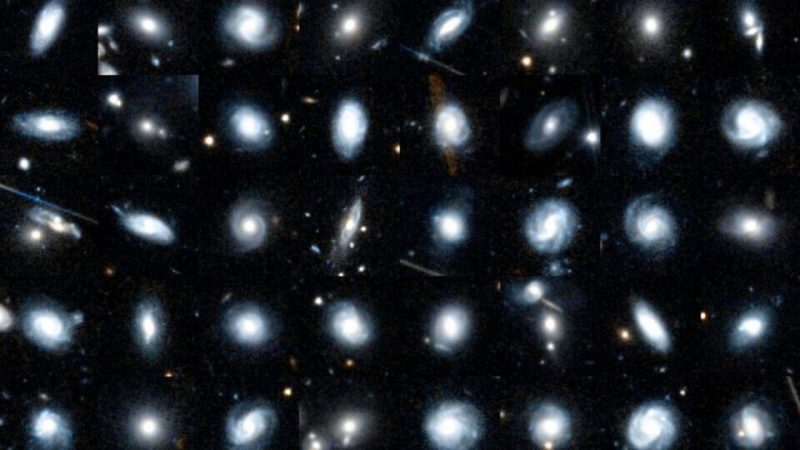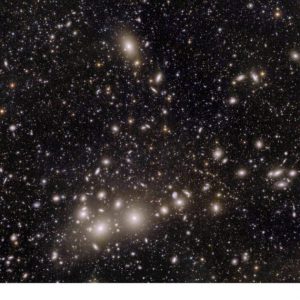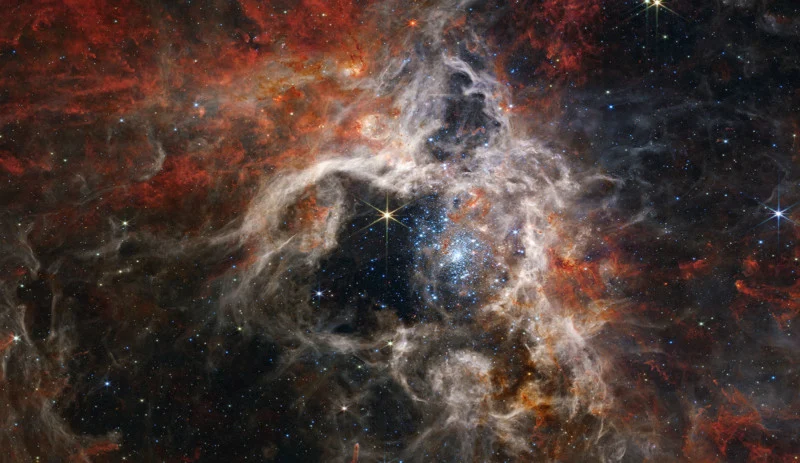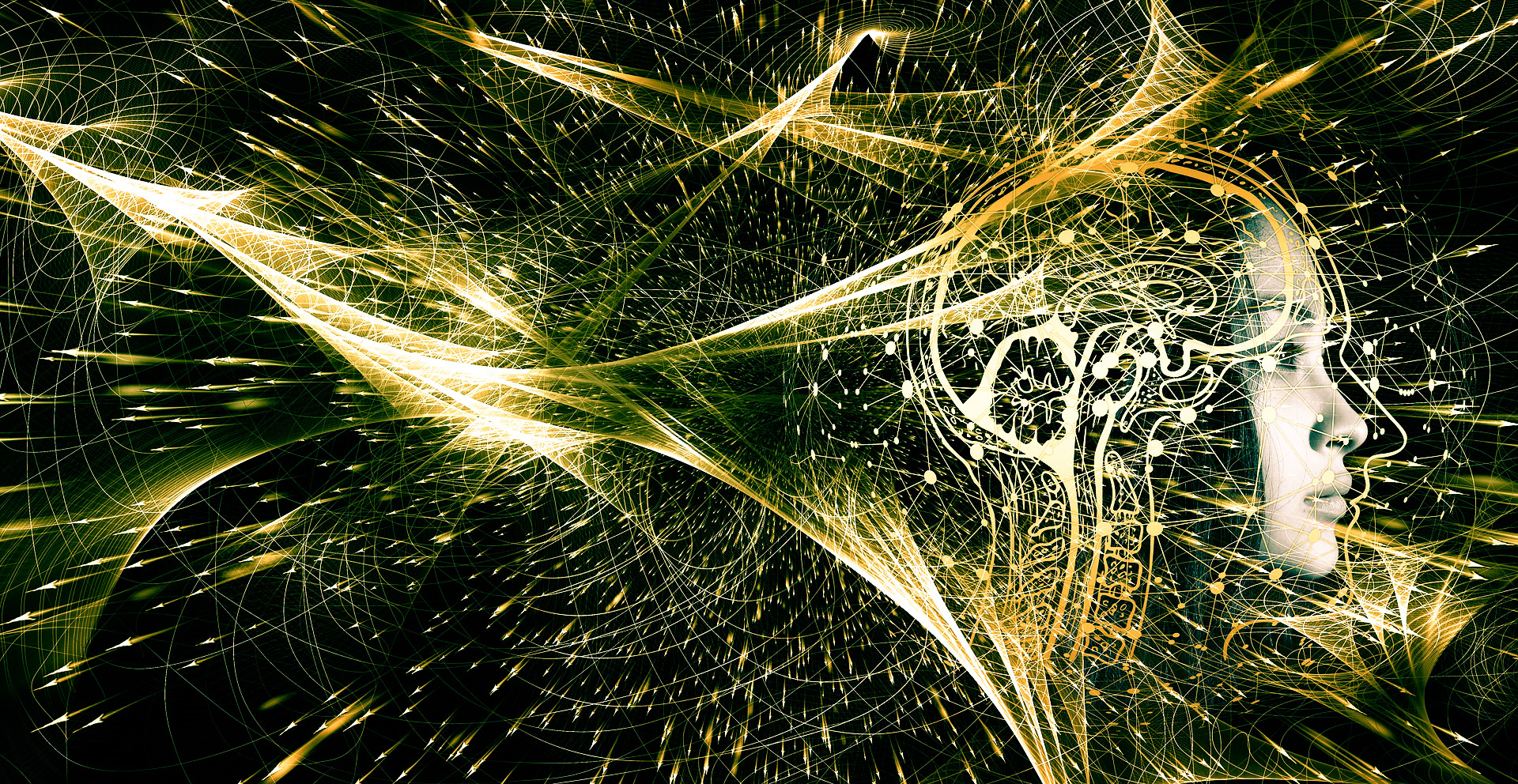New citizen science project Euclid Galaxy Zoo: an opportunity to journey through the infinite cosmos via human eyes

The new citizen science project, Euclid Galaxy Zoo, offers a unique chance to explore the vast cosmos through human observation. The European Space Agency (ESA) has launched1 an innovative citizen science project, Galaxy Zoo: Euclid, and invites you to help classify galaxies like never before. This project not only advances our knowledge of the universe but also allows you to make a meaningful impact on scientific exploration.
In July 2023, the Euclid space telescope was launched with a mission that is nothing short of ambitious. By February 2024, Euclid began its science operations, aiming to map out the universe with unprecedented precision. The telescope’s primary goal is to explore the “dark universe,” investigating the roles of dark matter and dark energy in shaping the visible universe. This enormous task involves capturing images of billions of galaxies over the next six years, generating a tremendous 100 gigabytes of data every day.
But here’s where you come in. With so much data to analyze, ESA has teamed up with the Galaxy Zoo project to call on the help of citizen scientists like you. Galaxy Zoo, a project that has been active since 2007, is well-known for its success in galaxy classification using images from various space telescopes, including Sloan Digital Sky Survey, Hubble Space Telescope, and James Webb Space Telescope. Now, the project has expanded to include the Euclid mission, with the goal of classifying tens of thousands of galaxies captured by this revolutionary telescope.
So, what does participating in Galaxy Zoo: Euclid involve? Essentially, you will classify the shapes of galaxies based on images provided by the Euclid mission. These images are hosted on the Zooniverse platform, where you will respond to straightforward questions about the galaxy’s morphology. You might determine, for example, if a galaxy appears round, suggesting it is elliptical, or if it shows spiral arms, indicating it is a spiral galaxy like our Milky Way.
Your contributions are more than just a chance to gaze upon celestial wonders. They play a crucial role in training an artificial intelligence (AI) algorithm known as ZooBot. Developed by the Zooniverse team, ZooBot will initially process the images and label those that are relatively straightforward based on existing data. However, for more complex or faint structures, ZooBot will rely on your classifications to refine its understanding. This collaboration between human input and AI will ultimately help create the most comprehensive catalog of galaxies ever assembled.
The Euclid mission’s data promises to revolutionize our understanding of the universe. The telescope’s high-resolution images capture galaxies in intricate detail, providing insights into their shapes, distances, and motions. By classifying these galaxies, scientists can explore how their shapes have evolved over time and what factors have influenced these changes.

The sheer scale of this project is awe-inspiring. Euclid will send data to Earth continuously for six years, covering a vast swath of the universe. To put this into perspective, the data will amount to roughly 100 gigabytes each day. That’s an overwhelming volume of information, and classifying it all through traditional means alone would be nearly impossible. This is where citizen scientists like you become invaluable. By participating in Galaxy Zoo: Euclid, you not only get to engage with cutting-edge science but also contribute to the development of advanced AI models that will enhance our ability to analyze astronomical data.
In essence, Galaxy Zoo: Euclid offers a unique opportunity to be part of a historic endeavor. Imagine being among the first humans to view images captured by the Euclid telescope and to classify galaxies that have never before been seen by anyone. You will find this project truly worthwhile, as it allows you to contribute to a scientific effort that will profoundly shape our understanding of the universe for years to come.
To date, Galaxy Zoo has seen tremendous success in classifying galaxies from other missions and telescopes. Over the past 17 years, hundreds of thousands of volunteers have participated in classifying images from projects like the SDSS and the Hubble. The success of these projects has demonstrated the power of combining human expertise with AI to tackle complex scientific challenges.
With Euclid’s data, Galaxy Zoo is poised to achieve even greater milestones. The mission’s ability to capture high-resolution images of galaxies from across the universe will provide unparalleled insights into galaxy morphology and evolution3. By classifying these galaxies, you will be contributing to a deeper understanding of how galaxies interact, form, and evolve.
Moreover, the collaboration between ESA, Galaxy Zoo, and the Euclid Consortium reflects a broader trend in modern science. The integration of citizen science and AI represents a powerful synergy that accelerates scientific progress and expands the reach of research. By harnessing the collective efforts of volunteers worldwide, this project exemplifies how collaborative endeavors can push the boundaries of what we know about the universe.
As you embark on this cosmic journey with Galaxy Zoo: Euclid, remember that your contributions are making a difference. Each classification you provide helps build a more complete picture of our universe, enriching our knowledge and fueling future discoveries. The data you help analyze will not only advance scientific research but also inspire awe and wonder as we explore the infinite cosmos.
Seize this exceptional opportunity, especially if you’re an astronomy enthusiast with time to contribute, to explore the cosmos with Galaxy Zoo: Euclid, where you can classify galaxies, train AI models, and uncover the universe’s mysteries, as discussed above, helping illuminate its secrets for generations to come.


